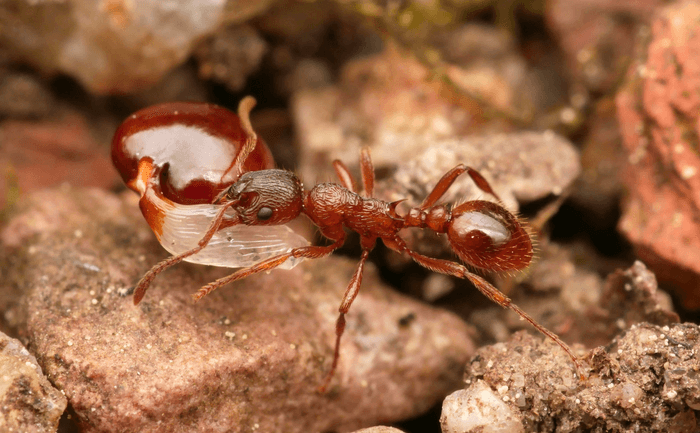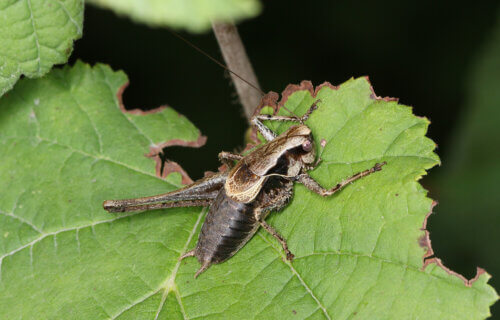MAINZ, Germany — A new study is revealing the reasons behind a “global crash” in insect populations, which significantly impacts pollination and animal food chains.
“Generally speaking, a decline in insect diversity threatens the stability of ecosystems. Fewer species means that there are fewer insects capable of pollinating plants and keeping pests in check. And, of course, this also means that there is less food available for insect-eating birds and other animals,” says Dr. Florian Menzel, from the Institute of Organismic and Molecular Evolution at Johannes Gutenberg University of Mainz in Germany and one of the authors of the study. “Their continued existence can thus be placed at risk due to the decline in insect number.”
A 2019 review found that 41 percent of insect species worldwide are declining, with a third facing extinction. The study estimated an annual reduction in the total mass of insects by 2.5 percent. The recent study identified agriculture, building development, climate change, and the spread of invasive species as the primary causes of this decline. It also noted that ecosystems already damaged by human activities, such as trade and tourism, are more vulnerable to climate change.
Increased temperatures force insects away from their natural habitats, which poses significant risks. Insects specialized for specific habitats are most vulnerable to changes. Furthermore, invasive species can easily establish themselves in habitats impacted by human land use and displace native species. As a result, these invasive species thrive and increase, leading to a reduction in insect diversity.
“In view of the results available to us, we learned that not just land-use intensification, global warming, and the escalating dispersal of invasive species are the main drivers of the global disappearance of insects, but also that these drivers interact with each other,” notes Dr. Menzel in a university release.
The decline in insect populations not only affects individual species but also their habitats. For instance, the loss of bumblebee diversity has led to a decrease in plants that rely on certain bumblebee species for pollination.

(photo/©: Philipp Hönle)
“It looks as if it is the specialized insect species that suffer most, while the more generalized species tend to survive. This is why we are now finding more insects capable of living nearly anywhere while those species that need specific habitats are on the wane,” Dr. Menzel further explains.
The researchers have advocated for standardized techniques to monitor insect diversity across various habitats and countries in future research into insect decline. They have also proposed the creation of a network of interconnected nature reserves to allow species to migrate from one habitat to another. This measure would help less heat-tolerant insects move from areas experiencing temperature rise due to global warming to higher elevations or cooler regions.
Furthermore, they recommend measures to mitigate the spread of invasive animal and plant species due to globalized trade and tourism.
“As evidence of an on-going global crash in insect populations increased over the last few years, we decided it was time to edit and publish this special issue. Our aim was not to document insect population declines but to better understand their causes and consequences,” concludes Dr. Menzel.
The study is published in the journal Biology Letters.
You might also be interested in:
- Sixth mass extinction on Earth already underway, scientists say
- 93-year-old butterfly’s DNA confirms first case of insect extinction caused by humans in the U.S.
- Supermarket scare: 40% of meat products test positive for antibiotic-resistant superbugs
South West News Service writer Alice Clifford contributed to this report.

